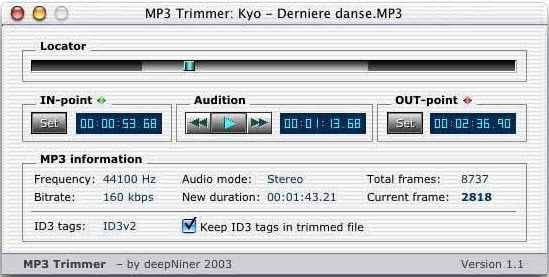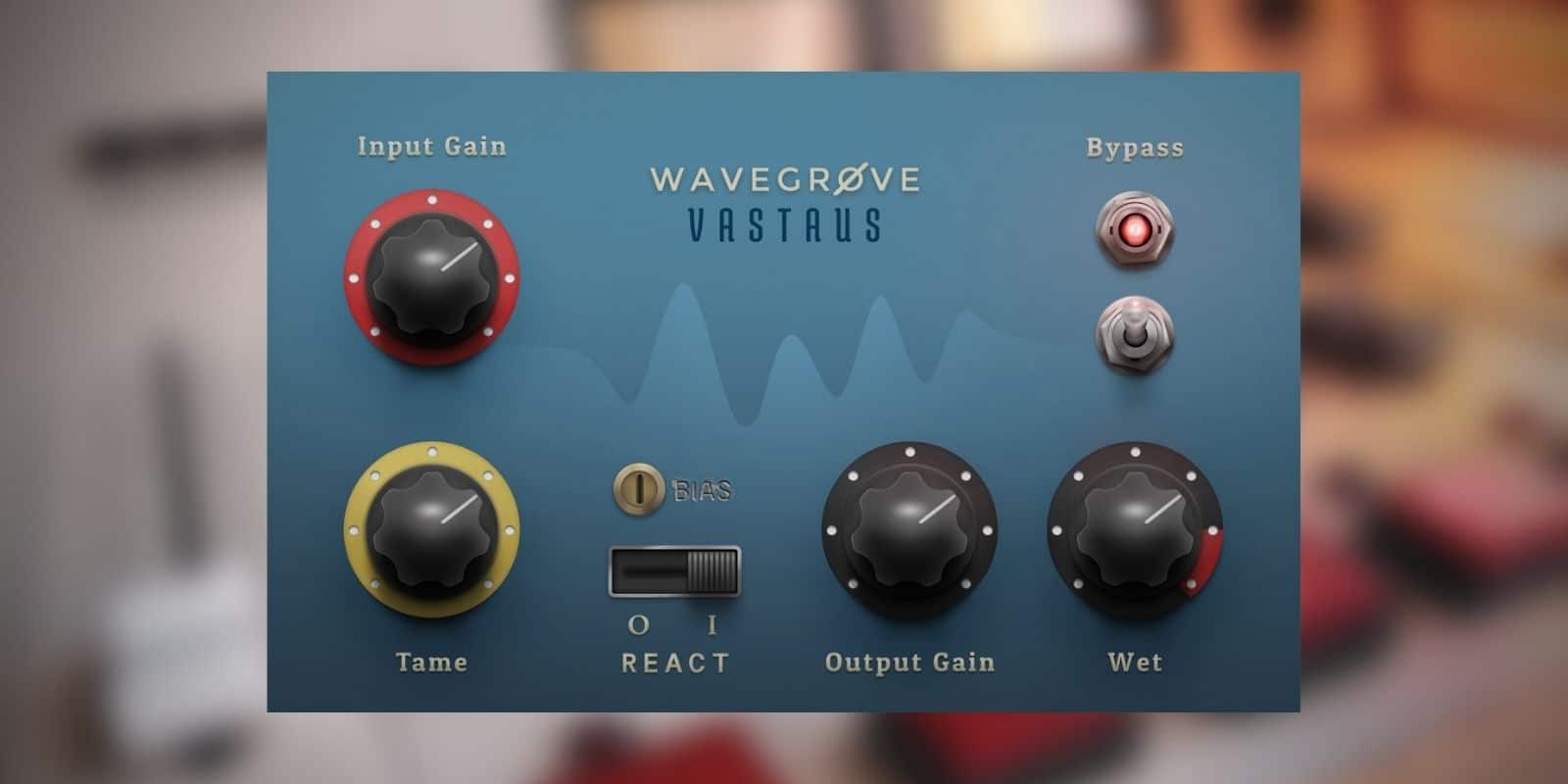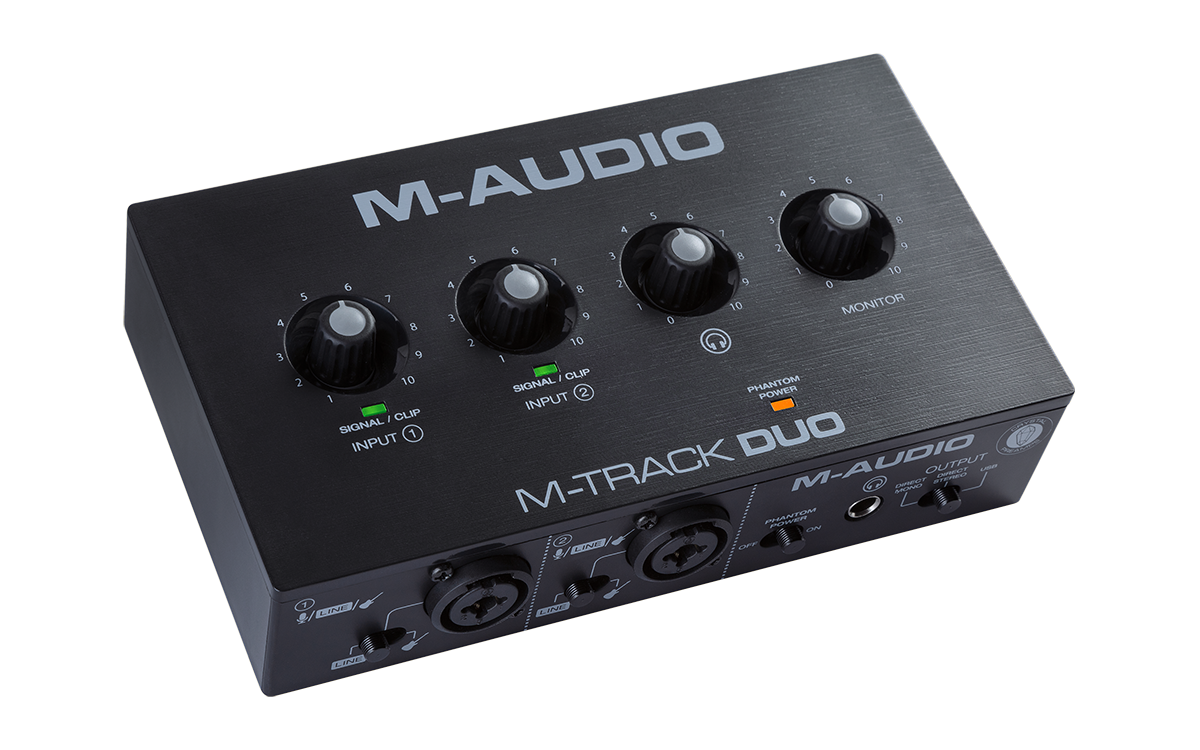
And if you have found something that works for you or have further questions on this, join our Slack community and let us know there! There are close to a hundred creators just like you to help you out.

You may also find that tweaking specific settings on your hardware devices improves your output. You may find that turning on some of Zoom's processing makes your sound quality better. The equalizer’s settings apply to all songs until you change the settings, except for. Drag the frequency sliders (also knowns as faders) up or down to increase or decrease the volume of a frequency (in decibels). Choose a preset option from the pop-up menu.
#Mac audio input frequency free#
Close unused apps or browser tabs when you’re delivering a music performance on Zoom, this will free up your computer’s processing powerĭue to the variety of audio input hardware that exists, the same settings will not work for all cases. In the Music app on your Mac, choose Window > Equalizer.This is because the connection of multiple audio devices drains your battery rather quickly Your device (laptop/iPad/phone) must be fully charged or plugged in port during the session.

#Mac audio input frequency full#
Zoom allows you to optimize audio with the above mentioned controls only on your desktop app, thus ensure as a performer you’re always using your Laptop The meters show signal levels in dBFS (decibels below full scale), where a level of 0 dB is the maximum amplitude possible before clipping occurs.The previous version caused my system to crash but this version seems to be stable. There are many USB-C headphone/microphone adapters out there.ĭigital audio input devices with DAC are available at substantially higher cost than the basic adapters. I use OBS to stream over Zoom and the Audio Monitor plugin allows me to send the audio sources to Zoom (using a Virtual Cable) while selectively sending some of those sources to the normal OBS Monitoring Device (so I can monitor them in the room). I suggest you are looking for something specifically marketed as being for audio (microphone or digital audio) input, as you will find if you search for "USB-C Audio Adapter with Microphone" on Amazon, for example. I understand the Apple USB-C to 3.5mm Audio Jack/Headphones Adapter to be an output device only–for headphones and speakers–not for audio input.

Line Output (rear 3.5mm jack) Output Voltage.
#Mac audio input frequency pro#
Of course if you were running data or digital outputs through state-of-the-art converters, the Mac Pro would stretch even the best test equipment to the limits of physics. Does anyone know if you input audio with this? In any case, let's see how the Mac's own outputs, playing-out from iTunes, measures up. There doesn't seem to be any accurate, reliable, definitive information regarding this issue? Apple sell this adapter, does anyone know if this works? Apple sell this adaptor Apple USB-C to 3.5mm Audio Jack / Headphones Adapter. Loopback’s idea is simple, as is its interface: Any time you have an option for a single audio input (for example, Skype’s Audio/Video preferences or GarageBand’s live-recording. How do I record guitars and vocals from my Focusrite interface on the new Mac mini now that the 3.5mm mini jack has disappeared? I've tried two different Mini jack to thunderbolt adapters now.


 0 kommentar(er)
0 kommentar(er)
